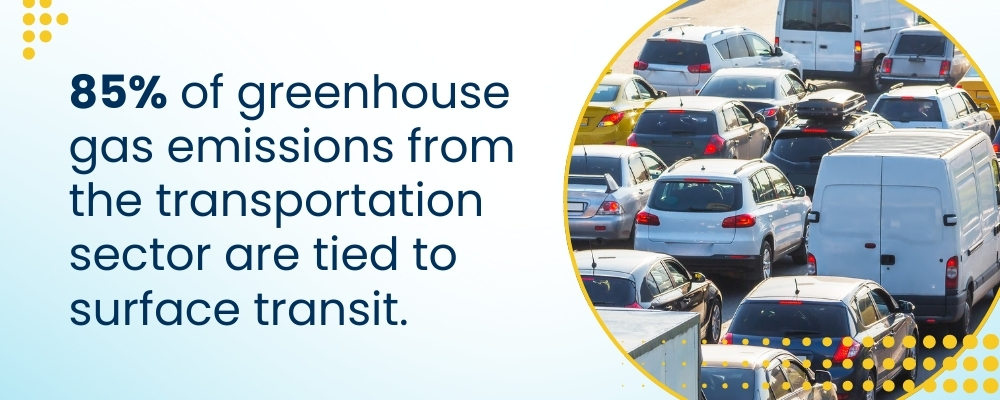Every electrical system across the Pacific Northwest is powered by skilled professionals with meaningful stories to tell. Thanks to the partnership between the Oregon-Columbia Chapter of NECA and IBEW Local 48, our strength comes from the people who bring unmatched dedication and craftsmanship to the job day in and day out.
In Their Own Words: Journeys, Insights & Experiences From the Trade
From apprentices starting their careers to seasoned electricians mentoring the next generation, these stories show what it means to be part of our professional community.
Building Careers in the Electrical Trades
Steven Chang, a NIETC apprentice, represents the next generation of electrical professionals. His journey from MMA fighter to working in the electrical sector is a real-life example of how comprehensive training programs create pathways for individuals from all backgrounds to build rewarding careers in the electrical trades.
“I know that being in this trade and being an apprentice can be time-consuming. But I believe dedication and impulse control are key. You can make time by cutting out things that aren’t necessary or important.
My first piece of advice is that, and secondly, I would say—more than anything—learn to love learning. Grow a true passion for learning, and develop a passion for the trade. If you do that, you’re going to be fine.”
—Steven Chang, NIETC Apprentice
Meanwhile, Steve Huson’s story demonstrates the long game: how IBEW Local 48 membership isn’t just about landing a job, it’s about building a career that lasts. After 22 years in the Oregon Army National Guard, Steve used his military experience to excel in the civilian workforce. Starting with the Corps of Engineers as an electrician, he progressed to a construction supervisor.
“I’ve been a member for about 19 years now. I’ve been an electrician for 24, but I joined the IBEW
when I decided to make the switch. Before that, I was working as a machinist at Columbia Engineering Works. I remember watching the electricians on the job, thinking, ‘Those guys are making a lot more money than I am and they don’t seem to be working as hard!’ One of the machinists I worked with ended up applying to the union, and when he came back and told me about it, I thought, ‘Okay, it’s my turn!’ So, I went ahead and applied myself.”
—Steve Huson, Safety Coordinator at Mill Plain Electric
Steve’s journey highlights how membership offers support, community, and opportunities for long-term growth, helping professionals build skills, confidence, and a career with purpose.
Experienced Leadership Guiding the Way
Veteran members like Larry Warren bring decades of expertise to every project, embodying the craftsmanship standards that make NECA-IBEW Local 48 members the preferred choice across Oregon and Southwest Washington. His work portfolio reads like a history of the industry itself. He has a rich background as a journeyman electrician, foreman, general foreman, superintendent, and project manager.
“I used to work in the grocery industry while also taking care of my seven kids. The job had
demanding hours, with weekend shifts and split schedules. I needed a change, something with a regular eight-to-five schedule and weekends off so that I could spend more time with my family. One day, I was riding an elevator and I overheard someone mention the IBEW. I asked them about it, got some information, and after considering it, decided it was the right career move for me.”
—Larry Warren, retired member of IBEW Local 48
Educators like Kennitha Wade play a crucial role in developing future professionals. As a practicing electrician and NIETC instructor, Kennitha connects classroom learning with real-world application. Plus, her involvement with the Electrical Workers Minority Caucus has long-lasting impacts on the community.
“I got involved with EWMC pretty early in my apprenticeship…For me, the EWMC is like the heart of
the IBEW. It’s what keeps the IBEW working and running, and it brings the cohesiveness of being a part of something bigger. So, going to that first conference was like, ‘Oh, this is way more than just a career to make money and take care of your family. This is way bigger than that.’”
—Kennitha Wade, Electrician & NIETC Instructor
Kennitha and Larry’s work directly impacts the quality of training that apprentices receive and helps maintain the skilled workforce that drives our industry forward.
Breaking Barriers, Building Futures
Michelle Thomas’ story highlights how IBEW Local 48 creates opportunities for skilled professionals from diverse backgrounds. As a journeyman electrician, Michelle’s career path demonstrates that the electrical unions support talented individuals from diverse backgrounds.
“I first got involved [with Sisters in Solidarity] in 2023 as a journeyman and I wish I would have done
it sooner! From the very beginning of my apprenticeship, I have been a volunteer, an ambassador, and a mentor. I’ve helped two dozen people join the trade and have been volunteering to talk to high schools for the seven years I’ve been with IBEW Local 48. I know these commitments helped me get selected to join the Sisters in Solidarity sponsored trip to the 2023 Tradeswomen Build Nations Conference in Washington D.C. and it changed everything.”
—Michelle Thomas, IBEW Local 48 Journeyman
Bridget Quinn works as Workforce Development Coordinator at the NECA-IBEW Electrical Training Center, keeping training programs cutting-edge and responsive to industry needs. Her behind-the-scenes work helps ensure that graduates enter the workforce well-prepared for the challenges they’ll face in their careers.
“I also run our Ambassador 48 program, which is a platform to train our members for career fairs and
speaking engagements in classrooms. This allows us to match individuals from our diverse community with schools that share similar diversity and age groups.”
—Bridget Quinn, Workforce Development Coordinator at NECA-IBEW Electrical Training Center
Michelle and Bridget demonstrate how the NECA-IBEW Local 48 partnership champions diversity and inclusion in the electrical trades.
Get Involved in Our Community
These stories represent just a glimpse of the dedicated professionals driving the NECA-IBEW Local 48 partnership forward in the electrical industry.
Whether you’re exploring career opportunities, building your skills, or seeking a network that has your back, you belong here. Together, we’re not just powering buildings. We’re shaping careers, strengthening the workforce, and building a brighter future for the Pacific Northwest.
Ready to join a team that values growth, craftsmanship, and connection? We’d love to hear from you. Visit our dedicated membership pages for the Oregon-Columbia Chapter of NECA or IBEW Local 48 to learn more.
SIGN UP FOR OUR NEWSLETTER
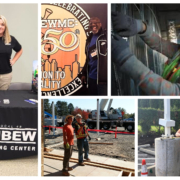
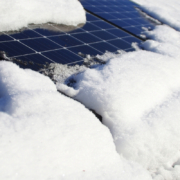

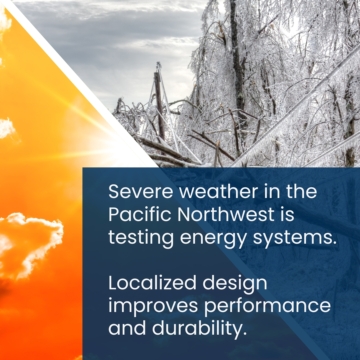
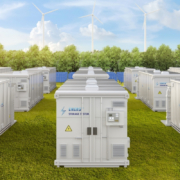
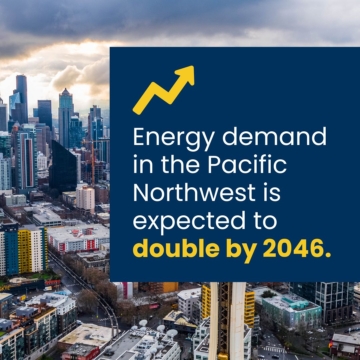

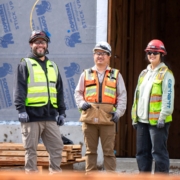
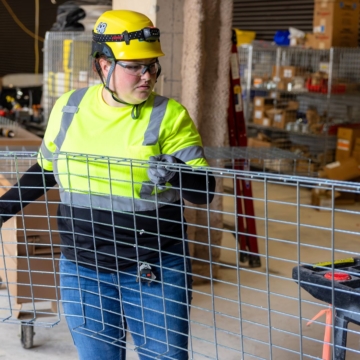

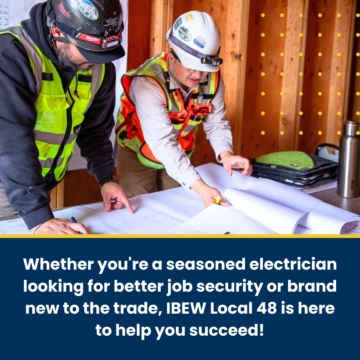
 I’m surrounded by some of the most inspiring, hardworking, and smart people—some of them are really competitive, too. But they’re also a lot of fun to be around, whether it’s on the job site or with my classmates. I’m so happy and fortunate to be part of this community…I can’t stress enough what the union means, not just to me, but to working
I’m surrounded by some of the most inspiring, hardworking, and smart people—some of them are really competitive, too. But they’re also a lot of fun to be around, whether it’s on the job site or with my classmates. I’m so happy and fortunate to be part of this community…I can’t stress enough what the union means, not just to me, but to working  I met an electrician who changed everything for me. He told me about an apprenticeship program. Meeting him was lucky because it led me to a career where I could use my hands-on skills in a big way…[Now] I also run our Ambassador 48 program, which is a platform to train our members for career fairs and speaking engagements in classrooms. This allows us to match individuals from our diverse community with schools that share similar diversity and age groups.
I met an electrician who changed everything for me. He told me about an apprenticeship program. Meeting him was lucky because it led me to a career where I could use my hands-on skills in a big way…[Now] I also run our Ambassador 48 program, which is a platform to train our members for career fairs and speaking engagements in classrooms. This allows us to match individuals from our diverse community with schools that share similar diversity and age groups. I’m now gainfully employed making $60.50 an hour as a Journeyman Electrician, own my own home, and have all the resources of a strong union at my fingertips. What’s more, I get to help others succeed. It’s the absolute all-time high for me.
I’m now gainfully employed making $60.50 an hour as a Journeyman Electrician, own my own home, and have all the resources of a strong union at my fingertips. What’s more, I get to help others succeed. It’s the absolute all-time high for me.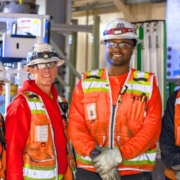
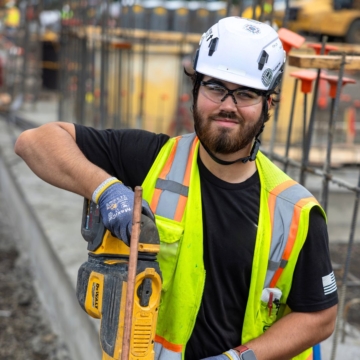 business support. For over a century, the Oregon-Columbia Chapter has proudly served the electrical contracting industry in Oregon and Southwest Washington, helping local contractors grow, adapt, and thrive in an ever-evolving marketplace.
business support. For over a century, the Oregon-Columbia Chapter has proudly served the electrical contracting industry in Oregon and Southwest Washington, helping local contractors grow, adapt, and thrive in an ever-evolving marketplace.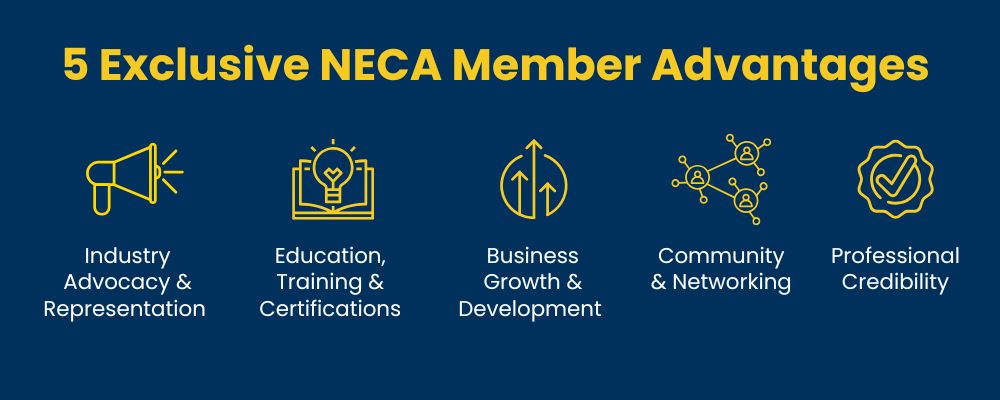
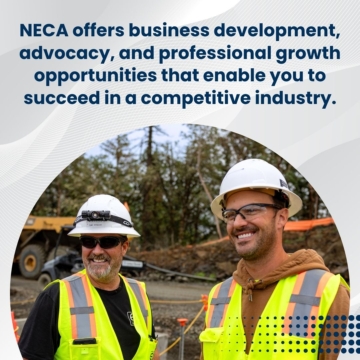
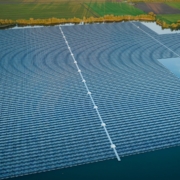
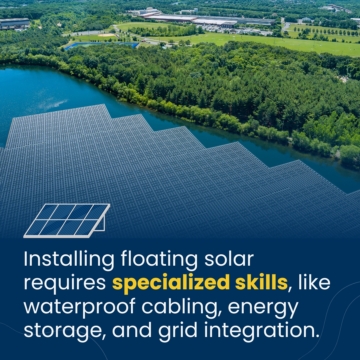
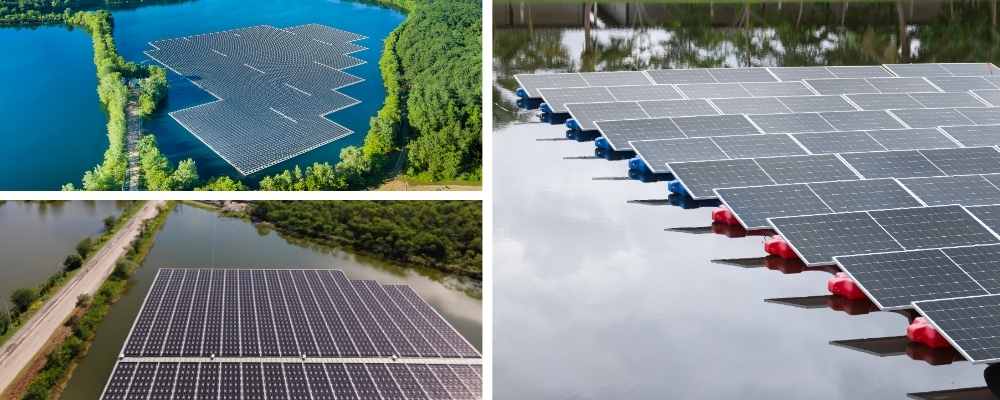
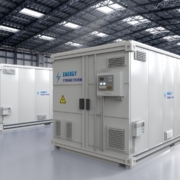

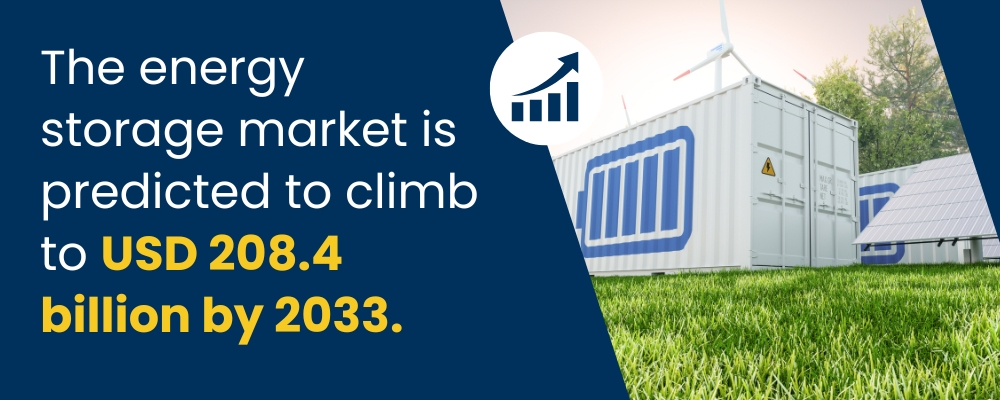
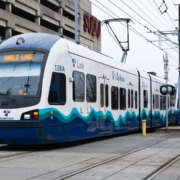
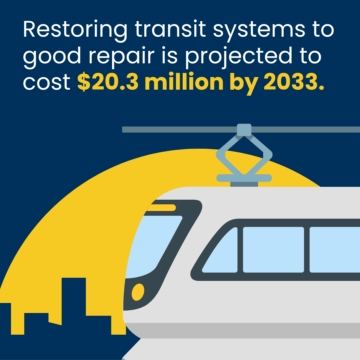 seniors, individuals with disabilities, families, and more all rely on accessible transit to stay connected and independent. However, reliability and safety can be challenging as technology and energy ramp up and transit vehicles age.
seniors, individuals with disabilities, families, and more all rely on accessible transit to stay connected and independent. However, reliability and safety can be challenging as technology and energy ramp up and transit vehicles age.